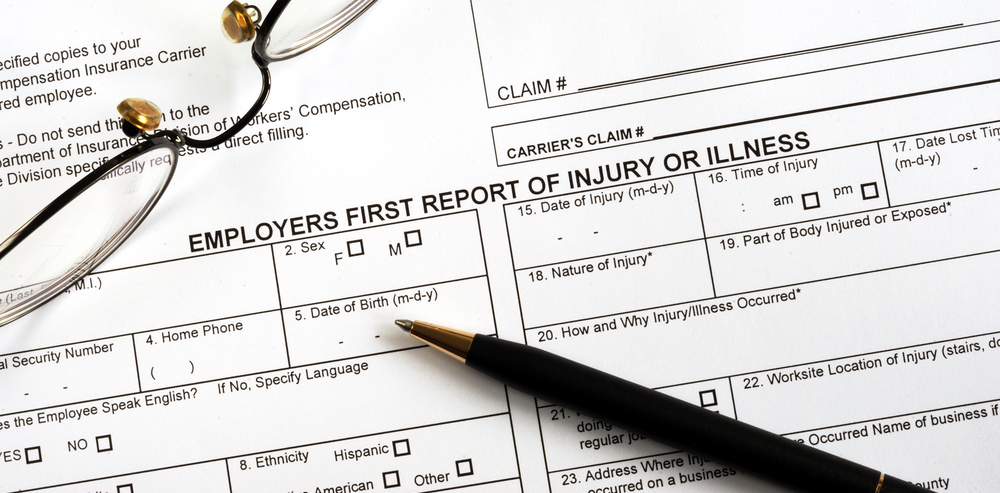

PA Supreme Court Decision Restricts Workers' Compensation Insurers/Employers on Subrogation Claims

On April 27, 2015, the Pennsylvania Supreme Court, in a 3-2 decision, held that Section 319 of the Workers’ Compensation Act does not allow employers/insurers the right to bring a direct cause of action against a third-party tortfeasor in order to pursue subrogation. The decision, in Liberty Mutual Insurance Company v. Domtar Paper Co., affirmed the trial court’s grant of preliminary objections in favor of the tortfeasors.
In the Majority Opinion, which was authored by Justice Baer and joined in by Justices Eakin and Stevens, the Court noted that both the Supreme Court and the Superior Court have previously held that the right to sue a third-party tortfeasor lies with the injured employee. In addition, the Superior Court has consistently held that the employer/insurer has no independent cause of action against the third-party tortfeasor under Section 319.
In reaching its decision, the Court noted that prohibiting “the employer/insurer from asserting an independent cause of action against the tortfeasor eliminates the possibility that the third-party tortfeasor could be exposed to multiple suits filed by both the employer and the injured employee,” and emphasized that Pennsylvania “courts disfavor splitting causes of action.” Because the claimant did not file suit against the third-party tortfeasor, was not named in the underlying action by Liberty Mutual, and did not join in Liberty Mutual’s lawsuit, the Supreme Court held that the trial court properly granted the third-party tortfeasor’s preliminary objections and dismissed the action. Chief Justice Saylor and Justice Todd authored Dissenting Opinions.
Impact for Employers/Insurers
The Supreme Court’s decision prohibits Pennsylvania employers/insurers from instituting a suit directly against the third-party tortfeasors, in order to pursue subrogation for workers’ compensation payments made due to injuries that were caused by those tortfeasors.
The Court’s decision, however, appears to leave open the possibility that the employer/insurer may bring a viable cause of action against the third-party tortfeasor if it joins the injured employee in the lawsuit, or if the employer/insurer commences suit against the third-party tortfeasor through the device of a “use plaintiff.” “Use practice” is a style of action that is employed infrequently in Pennsylvania. This type of action has been utilized by employers/insurers to assert their subrogation rights by bringing an action “on behalf of” or “in the name of” the injured employee [the “use plaintiff”], rather than directly instituting suit against the third-party tortfeasor in the employer/insurer’s name alone.
The Majority declined to clarify the appropriate practice method for pursuing a “use” action because the case before the Court did not involve “use” language. In her Dissenting Opinion, Justice Todd agreed with the Majority to the extent that it has preserved “the right of an employer or its insurance company, as subrogee of an injured employee, to bring suit in the name of the injured employee in the capacity of a ‘use-plaintiff.’” She also encouraged the Supreme Court’s Civil Rules Committee to set forth procedural rules to provide guidance to employers/insurers that will seek to pursue this type of action.
For more information concerning the Supreme Court’s decision, or if you have a question about a specific subrogation claim, please contact Jonathan C. Ascher, Principal and Chair of the Firm's Workers' Compensation Department at (412) 577-2982 or JAscher@PostSchell.com.
Disclaimer: this E-Flash does not offer specific legal advice, nor does it create an attorney-client relationship. You should not reach any legal conclusions based on the information contained in this E-Flash without first seeking the advice of counsel.

